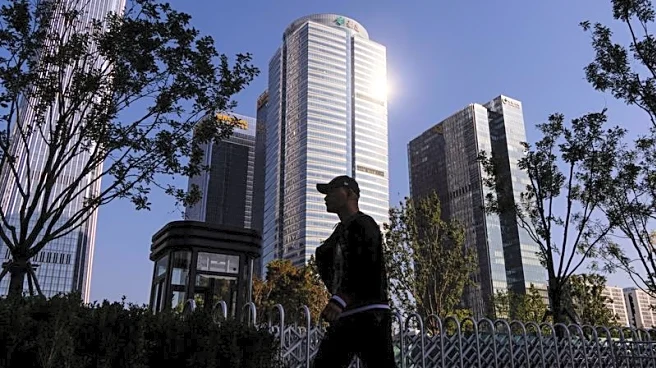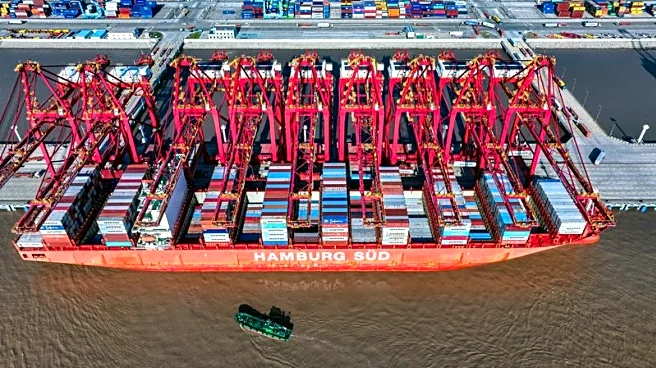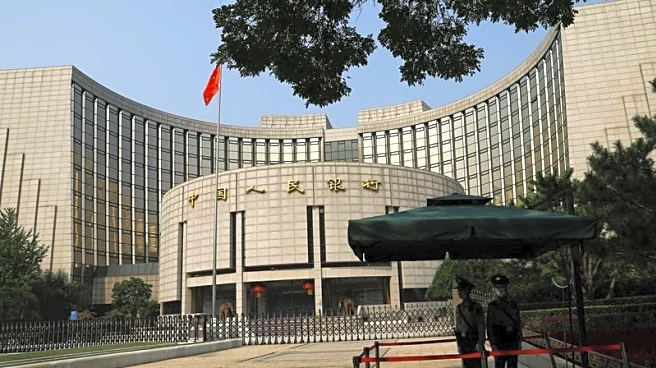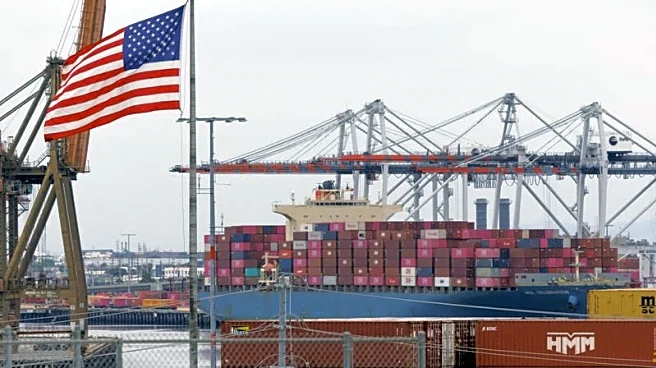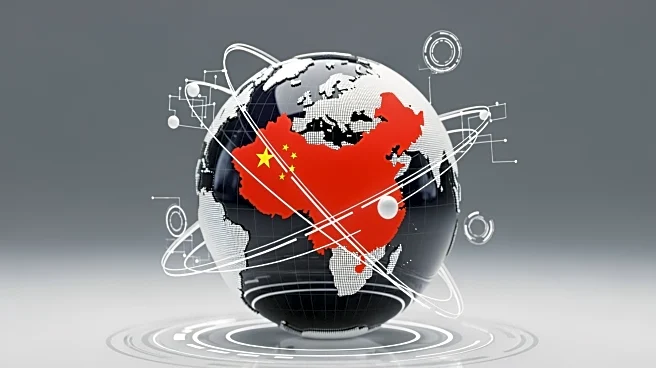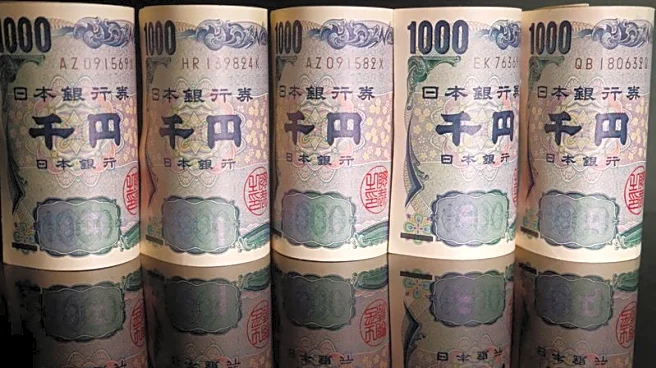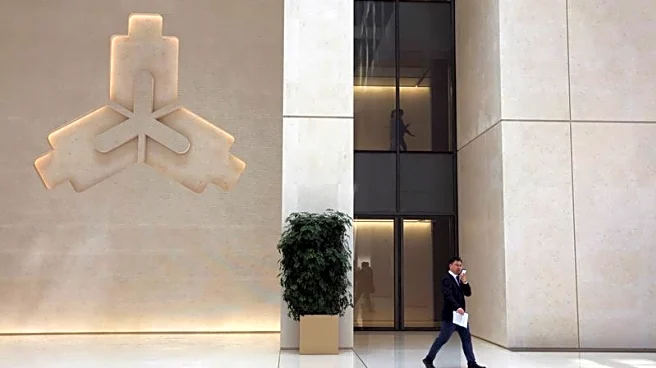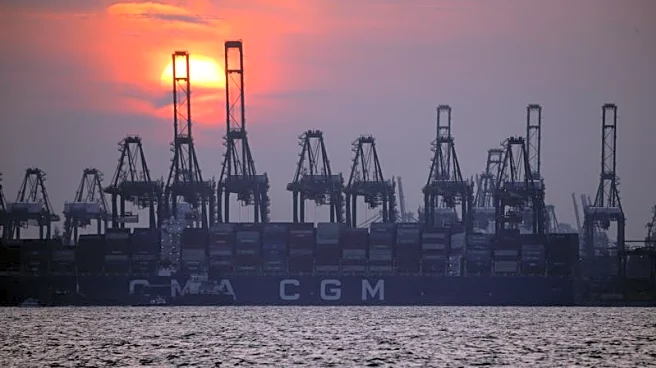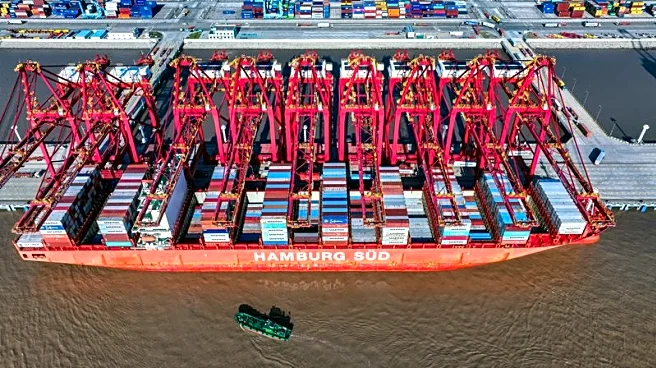BEIJING (Reuters) -China's economic growth slowed to the weakest pace in a year in the third quarter, matching expectations, as a prolonged property slump and trade tensions hurt demand, keeping pressure
on policymakers to roll out more stimulus to shore up momentum.
Authorities have unveiled modest stimulus measures this year, supported by resilient exports and strong stock markets, but renewed U.S.-China trade tensions pose risks. Beijing also faces a daunting challenge in rebalancing the economy towards greater consumption over time.
While there is room for additional stimulus, analysts are divided over whether policymakers will act this year.
Data on Monday showed gross domestic product (GDP) grew 4.8% in July-September, slowing from 5.2% in the second quarter and in line with analysts' expectations in a Reuters poll for a rise of 4.8%.
On a quarterly basis, GDP grew 1.1% in the third quarter, the National Bureau of Statistics data showed, compared with a forecast 0.8% increase and a revised 1.0% gain in the previous quarter.
Renewed trade tensions with Washington have highlighted the vulnerabilities of China's lopsided economy, which relies heavily on manufacturing and overseas demand. This has raised expectations that Chinese leaders may embrace painful changes to rebalance growth towards domestic consumption.
While China's export growth rebounded in September, much of the recent data show the world's second-largest economy has lost momentum, and deflationary pressures have persisted despite efforts to curb overcapacity and fierce competition among firms.
Despite resilient headline figures, exporters are already feeling the impact of higher U.S. tariffs imposed earlier this year, forcing many to diversify into new markets.
U.S. President Donald Trump has threatened to raise tariffs on Chinese goods by an additional 100% starting November 1. However, U.S. officials have signalled that both countries were prepared to lower the temperature in their tariff spat.
Chinese leaders will hold a closed-door meeting from Monday through to Thursday to discuss, among other things, the country's 15th five-year development plan, which is expected to prioritise high-tech manufacturing in the wake of the intensifying rivalry with the United States.
Investors are also looking to a Politburo meeting and the Central Economic Work Conference, expected in December, for clues on economic policy for next year.
Separate September activity data, which were also released on Monday, showed industrial output grew 6.5% year-on-year in September, accelerating from a 5.2% increase in August and beating forecast of 5.0%. Retail sales growth slowed to 3.0% in September from 3.4% in August, matching a forecast rise of 3.0%.
(Reporting by Kevin YaoEditing by Shri Navaratnam)
